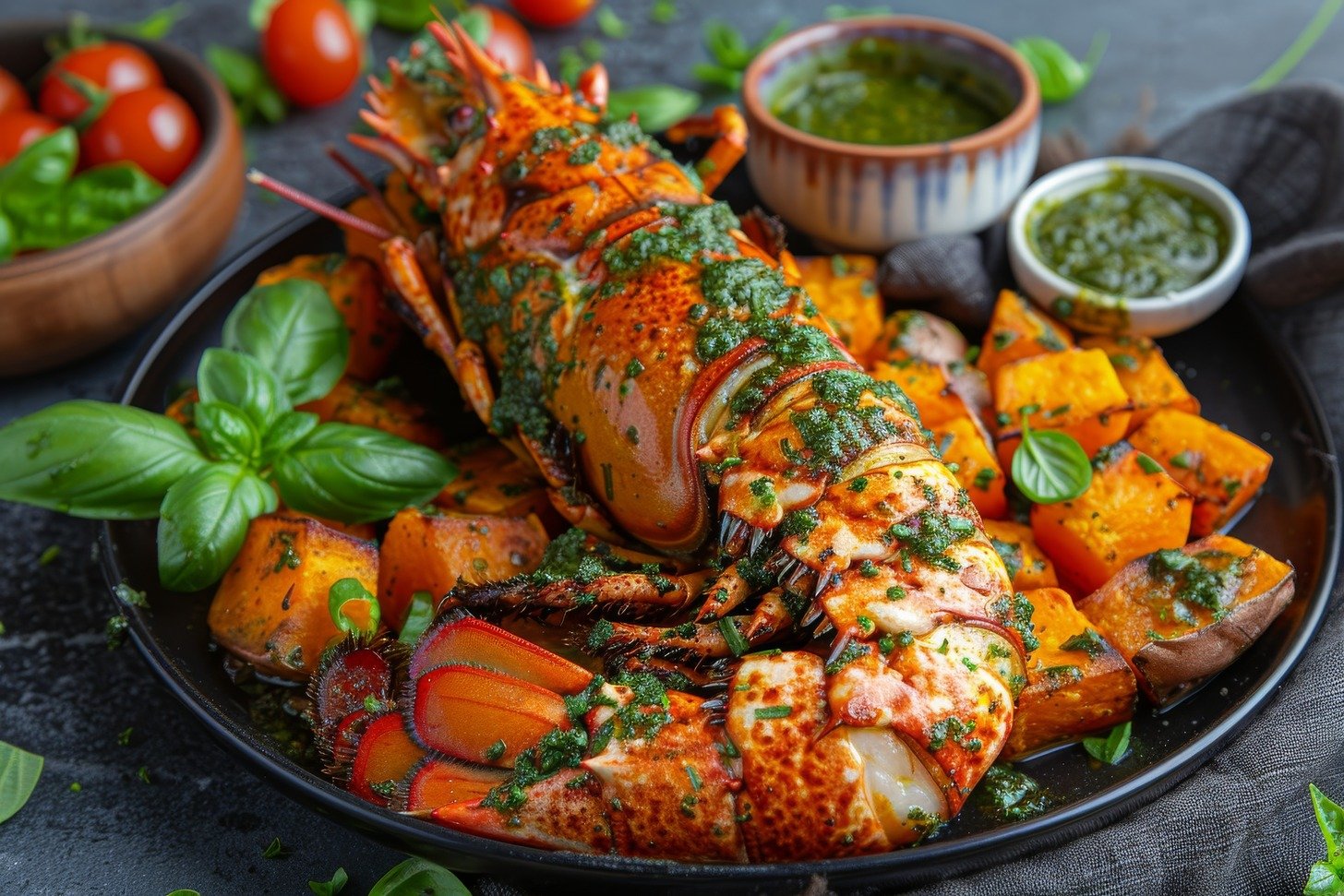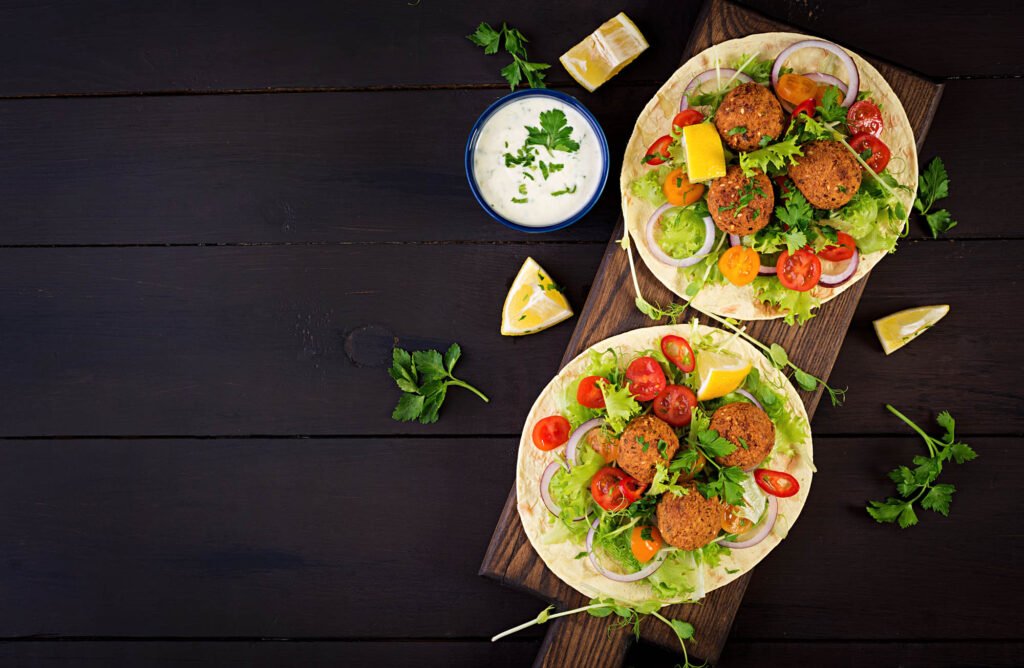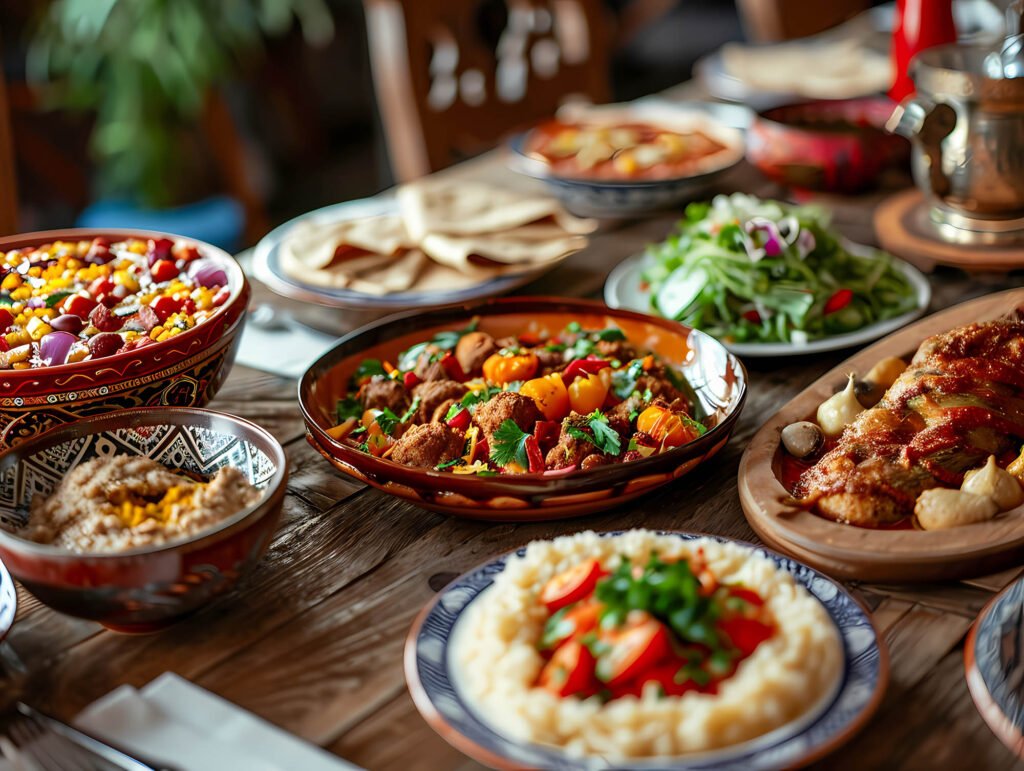
Elevate Your Brand with Expert Food Photography

In today’s digital age, images are a vital tool for marketers, especially in the food industry. With the rise of social media platforms like Instagram, visually captivating content has become more critical than ever before. This is where expert food photography comes into play. A professional food photographer has the experience and expertise to capture the intrinsic beauty and lusciousness of your culinary creations, transforming them into artistic food imagery that can elevate your brand to new heights.
The Importance of Food Photography
Food photography is more than just about showcasing your dishes – it’s an art form that creates desire and tells a story. How your food is styled and presented in photographs can significantly impact how it is perceived by your target audience. High-quality food images can make your culinary creations look more appetizing, tempting potential customers to indulge in your offerings. Therefore, food styling and presentation play an essential role in creating visually stunning food images that can elevate your brand image.
For instance, when styling a dish, the placement of ingredients, sizes and textures of food items, and choice of accessories significantly matters in making the food look irresistible. Similarly, the way dishes are presented in photography can influence how they’re received. The colors, angles, and framing of the picture are all significant factors that create an impact on the viewers. A well-styled and presented food photograph can make the audience crave the food in the image.
Food photography gives visual representation to the dishes you offer, and it is one of the strongest marketing tools your brand can have.

Mastering Composition for Food Photography
When it comes to food photography, composition is key to creating visually appealing images that draw viewers in. By mastering composition techniques, you can create well-balanced images that showcase the most important elements of your dish. One such technique is the rule of thirds, which involves dividing the image into thirds horizontally and vertically, and placing the most important elements at the intersections of those lines.
Leading lines are another effective technique for drawing the viewer’s eye to a specific element of the image. By using lines that naturally guide the eye towards the main subject, you can create a strong visual impact that highlights the dish’s details and textures.
Additionally, balancing elements within the frame can help create harmony and interest within the image. Symmetry is one way to balance the elements, while layering can add depth and dimension to the shot. Depth of field is another powerful technique that can isolate the main subject while blurring out the background, making the image more visually dynamic.
By mastering composition techniques, such as the rule of thirds, leading lines, and balancing elements, you can create visually stunning food photography that captures the essence of your culinary creations.

Lighting Techniques for Food Photography
Lighting is a crucial factor in bringing out the best in your food photographs. Properly illuminated dishes can showcase their natural colors and textures, making them more appealing to your audience.
Artificial light sources, such as strobe lights or softboxes, can provide consistent and controllable light that can enhance your images. Natural light is also an excellent option, especially during golden hour, when the sun’s rays aim at a low angle, creating a warm, natural glow.
To capture the mood and tell a story with your food photography, consider playing with different lighting techniques. For instance, backlighting can highlight details and textures in your dishes, while sidelighting can bring out the shape, form, and depth of your subjects.
Tips for Mastering Food Photography Lighting
- Use a diffuser or reflector to soften harsh shadows and create a more natural-looking image
- Experiment with different light sources and angles to find the mood and atmosphere you want to convey
- Adjust your exposure settings and white balance to ensure your lighting is consistent and balanced throughout your shoot
- Avoid using overly bright or contrasting colors in your lighting that can distract from the main subject
By mastering different lighting techniques and optimizing your setup, you can create stunning food photographs that showcase your culinary creations in the best light possible.
Food Photography Props and Styling
When it comes to food photography, props and styling can make a significant impact on the end result. Choosing the right props, backgrounds, and surfaces can help you create a cohesive visual narrative that aligns with your brand identity and conveys a mood that suits the food you’re photographing.
For example, if you’re capturing a cozy, homestyle dish, you might opt for rustic props like wooden utensils, vintage plates, and burlap napkins. On the other hand, if you’re showcasing a sophisticated dessert or cocktail, you might want to choose elegant props like crystal glasses, silver spoons, and marble surfaces.
Color is also an essential element in food styling. Selecting complementary colors can help to make your dishes pop, while harmonious tones can create a sense of balance and cohesion. Don’t be afraid to experiment with different textures and finishes; they can add unique and interesting variations to your images.
In summary, whether you’re shooting for your blog or looking to promote your restaurant, food styling and props can significantly elevate your food photography and create a visual story that your audience will love. Make sure to choose props and styles that align with your brand and enhance the appeal of your dishes.
Essential Equipment for Food Photography
If you want to capture mouthwatering shots of your culinary creations, having the right equipment is crucial. Professional food photography requires the use of high-quality cameras, lenses, tripods, and reflectors, which can make a significant difference in the clarity, sharpness, and overall aesthetic of your images.
When it comes to cameras, DSLRs and mirrorless cameras are popular choices among food photographers. These cameras offer the ability to shoot in manual mode, which allows you to have complete control over your settings and achieve the desired look for your images.
Lenses are also essential for food photography, with the most commonly used ones being macro lenses and prime lenses. Macro lenses have a close-focusing distance, making them ideal for capturing intricate details of your dishes, while prime lenses allow you to blur the background and create a shallow depth of field that draws the viewer’s eye to the main subject.
Tripods and reflectors are also crucial for food photography. Tripods help stabilize your camera and ensure sharp images, while reflectors allow you to bounce light onto your dishes and minimize harsh shadows.
Understanding the different types of equipment available and how they can enhance your food photography is key to producing high-quality, stunning images that will make your culinary creations stand out.

Editing and Enhancing Food Photographs
After capturing your food photographs, it’s time to edit and enhance them to make them look even more tantalizing. Professional editing software such as Adobe Lightroom and Photoshop offer a range of tools and techniques to adjust white balance, exposure, and color saturation to bring out the best in your food photographs.
When editing your food photographs, it’s important to remember the desired look and feel you want to achieve. Adjusting the contrast and brightness can add depth to your images, while tweaking the saturation can enhance the vibrancy and richness of your colors, making your dishes look even more delicious.
Another important aspect of food photo editing is cropping and resizing. These tools can help you achieve the perfect composition and aspect ratio for your photographs, ensuring they look great on any platform or device.
Mobile editing applications such as VSCO and Snapseed also offer a range of tools and filters to enhance your food photographs. Experimenting with different filters and effects can add personality and style to your images, making them stand out from the crowd.
Ultimately, editing and enhancing your food photographs is an essential step in creating mouthwatering visuals that capture the essence of your culinary creations.
Inspiring Food Photography Ideas
Are you looking for fresh and creative food photography ideas? Look no further! Finding inspiration in various sources can help you add a unique perspective to your food photography. Browse through cookbooks and food magazines for styling and presentation ideas.
Try out different photo editing techniques that can help you enhance your images with beautiful filters. Additionally, social media platforms like Instagram are an incredible source of inspiration for food photography. With millions of food images on display, you can experiment with different angles, lighting techniques, and storytelling approaches to capture eye-catching food photographs.
Don’t hesitate to experiment with different settings, either. By changing your camera location, the time of day you shoot, and adding or removing props, you can create different moods and enhance the visual storytelling of your food photography.
Establishing a Strong Food Photography Brand
If you want to stand out as a food photographer, it’s vital to establish a strong brand. Beautiful images are just the beginning. Your work should be a reflection of your culinary journey, with a cohesive visual identity that captivates your audience.
One way to achieve this is by starting a food photography blog. Share your expertise, insights, and behind-the-scenes glimpses of your creative process. By engaging with your audience through storytelling, you can build a personal connection that strengthens your brand’s appeal.
Consistency is key to a strong brand. Use a similar tone of voice and aesthetic approach across all your channels, from your website to your social media accounts. Make sure your food photography blog reflects your brand’s identity and mission.

The Rise of Food Photography in Dubai and Abu Dhabi
Dubai and Abu Dhabi have earned a reputation for their diverse and vibrant food scenes. With the growing number of restaurants, cafes, and food entrepreneurs in the region, the demand for expert food photography has skyrocketed. To showcase your culinary creations and capture the essence of the vibrant food culture in Dubai and Abu Dhabi, it’s essential to work with a professional food photographer who knows the region inside and out. With their expertise in food photography Dubai and food photography Abu Dhabi, they can elevate your brand’s visual identity and help you stand out in a crowded food market.
Showcasing Food Photography on Instagram
With its visually-driven nature and large user base, Instagram has become a powerful platform for sharing and promoting food photography. Whether you’re a professional food photographer or a culinary enthusiast, showcasing your food photographs on Instagram can help you reach a broader audience and attract potential customers.
To make the most of your food photography on Instagram, it’s essential to utilize effective hashtag strategies, engaging with your followers, and maintaining a consistent aesthetic. By using relevant hashtags, you can increase visibility and attract followers who are interested in the type of content you create.
Engaging with your followers by responding to comments, running contests and giveaways, and sharing behind-the-scenes insights can help build a loyal following and create a personal connection with your audience.
Finally, maintaining a consistent aesthetic is important for creating a cohesive brand identity. Using similar filters, color palettes, and composition techniques helps your profile stand out and creates a memorable impression.
By showcasing your food photography on Instagram and following these tips, you can elevate your food photography brand and attract new followers and customers.
Conclusion
Professional food photography is an essential tool in today’s visually-driven world, particularly if you’re in the food industry. The importance of food photography in making your dishes look more appetizing and enticing your target audience into giving them a try cannot be overstated. By mastering composition and lighting techniques, using props and styling, having the right equipment, and editing your images, you can elevate your culinary creations to new heights.
Whether you’re a restaurant owner, a food blogger, or a culinary influencer, creating a strong food photography brand demands that you set yourself apart from the competition. With the rise of food photography in Dubai and Abu Dhabi and the popularity of social media platforms like Instagram, it’s more important than ever to stay inspired and consistently deliver high-quality content. By doing so, you can showcase your culinary creations in a way that perfectly captures the essence of your unique food culture and strengthens your brand’s connection with your audience.
So, invest in professional food photography, experiment with different techniques, and stay inspired. The art of food photography can take your branding and marketing efforts to the next level, regardless of where you are in the world.